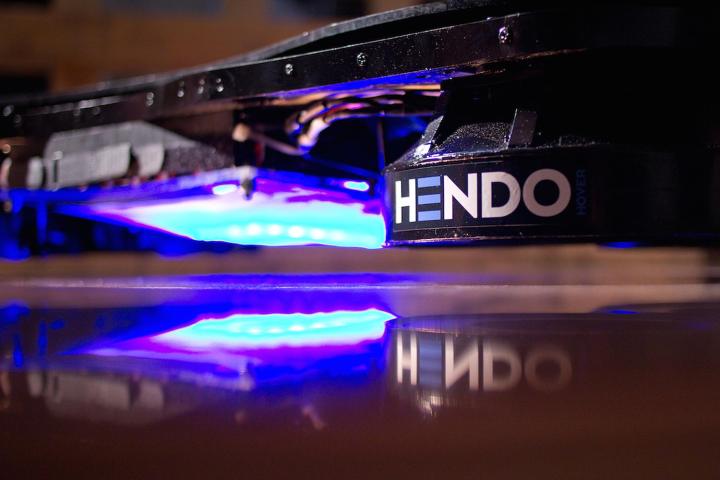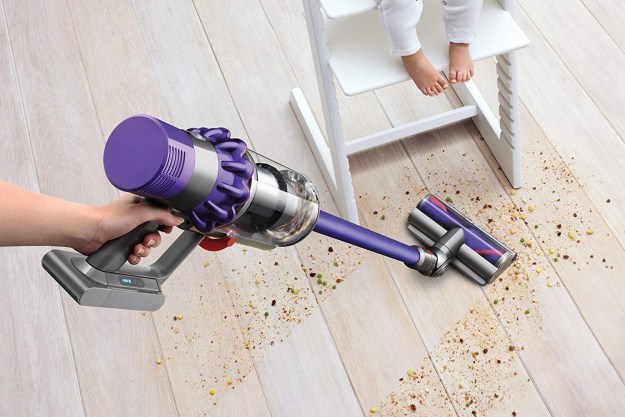
The California-based startup has already mastered the art of Magnetic Field Architecture, which involves the use of magnets to give products the ability to hover. Now, it wants to use its technology to lift large structures — such as houses — off of the ground. When weak magnetic fields are combined in a specific way, the can be organized to provide enough strength to lift an object. On a grand scale, they may even be used to levitate structures during a natural disaster, according to Arx Pax.
The startup is working with the creators of ShakeAlert, a software system developed by the U.S. Geological Survey to warn locals of an earthquake before it strikes. When the ground is about to shift, people could deploy Arx Pax’s hover technology within their buildings to prevent damage.
And hover technology for houses and commercial buildings would not only be beneficial in the event of an earthquake. It could come in handy when a flash flood strikes, or potentially curb the impact of rising sea levels.
To levitate a three-story house for approximately 90 seconds (the average length of an earthquake), Arx Pax says that its technology component would cost only about $13. However, there is no price tag on the actual hover-inducing product yet, as it still remains just a concept.
Arx Pax has already seen success with its MFA technology, selling out its first line of Hendo Hoverboards on its Kickstarter campaign page. For $10,000, a group of 11 lucky backers are set to be presented with the hoverboard in October 2015. If the hoverboard price says anything, it’s that the price to earthquake-proof a house with MFA technology may be a bit expensive as well.
Editors' Recommendations
- Alexa adds new features to help with your holiday shopping
- The Wyze Room Sensor can help automatically balance your home’s climate
- Need to weigh yourself? ‘Empathic technology’ may soon let you do it on a rug
- Weather alerts may be the smartest use of smart lights. They can save your life
- Your electric bill will skyrocket this summer. Smart home tech can help.


